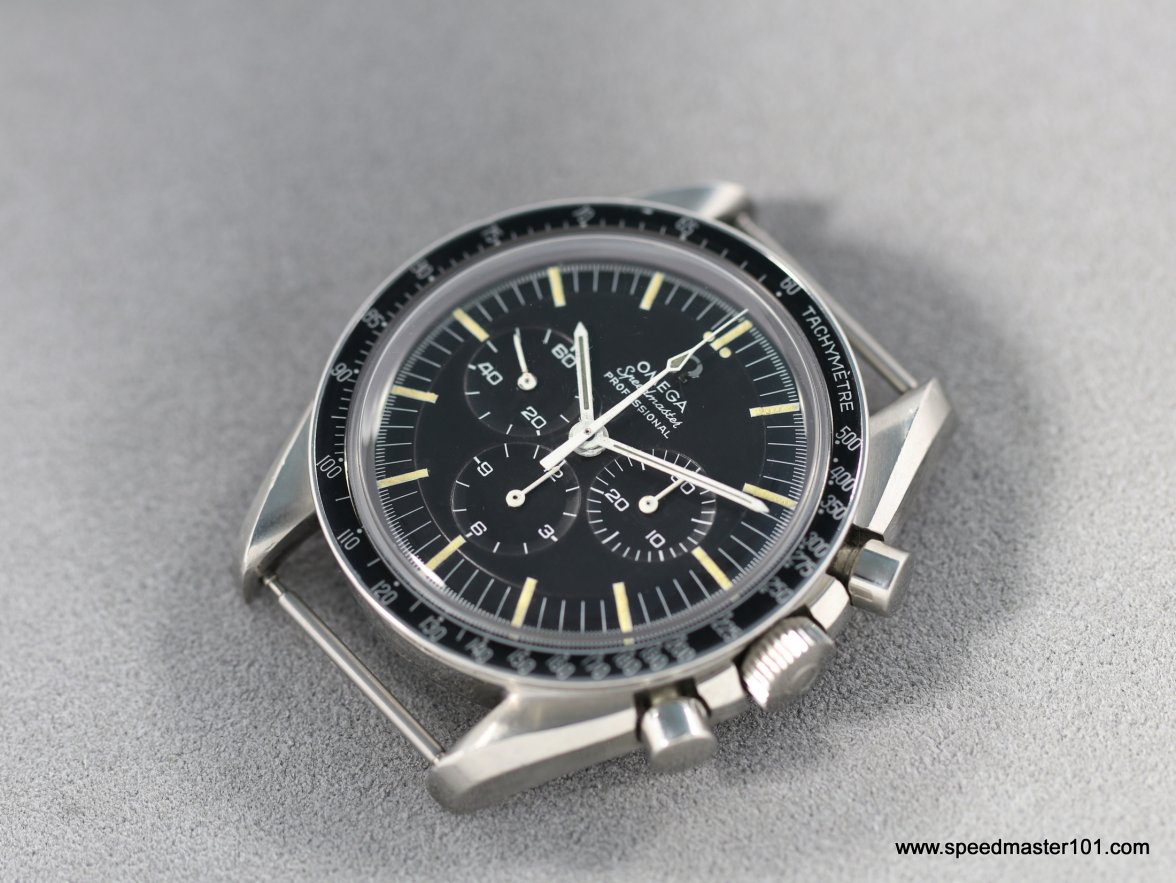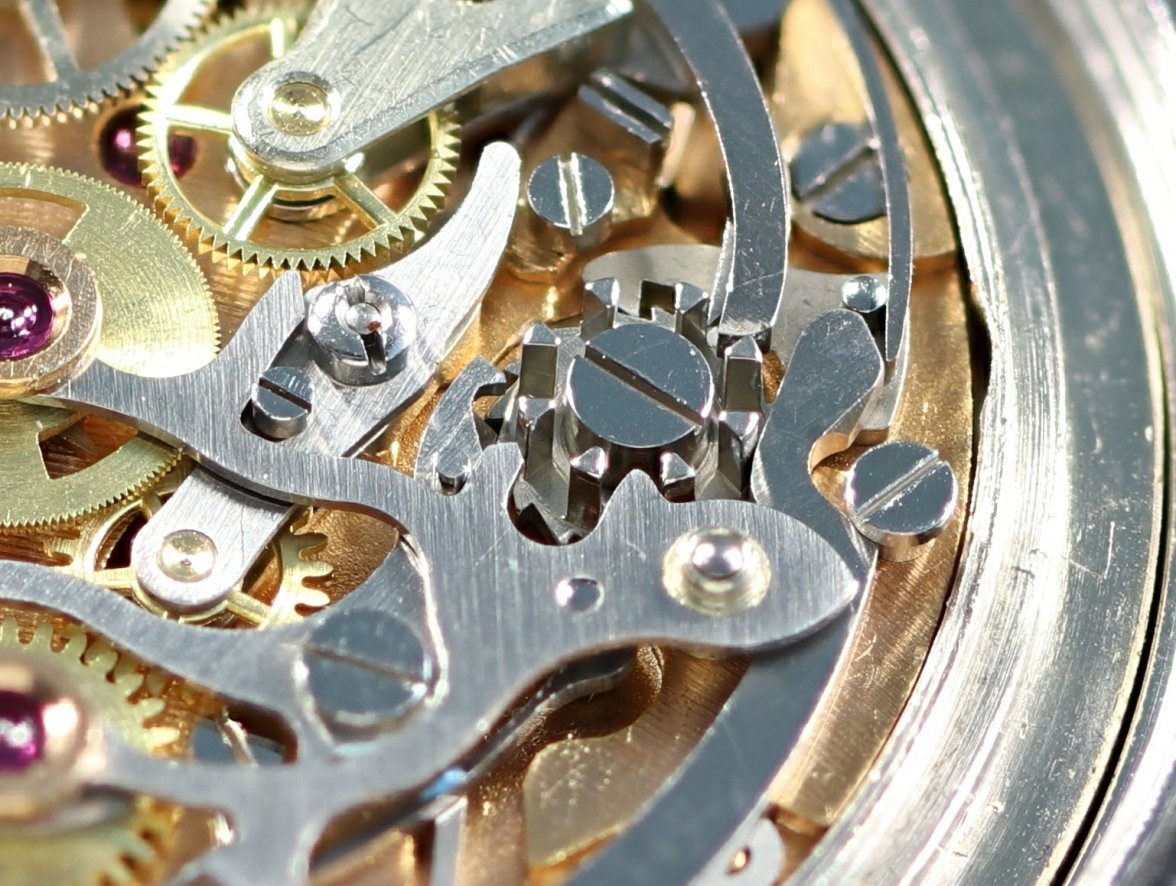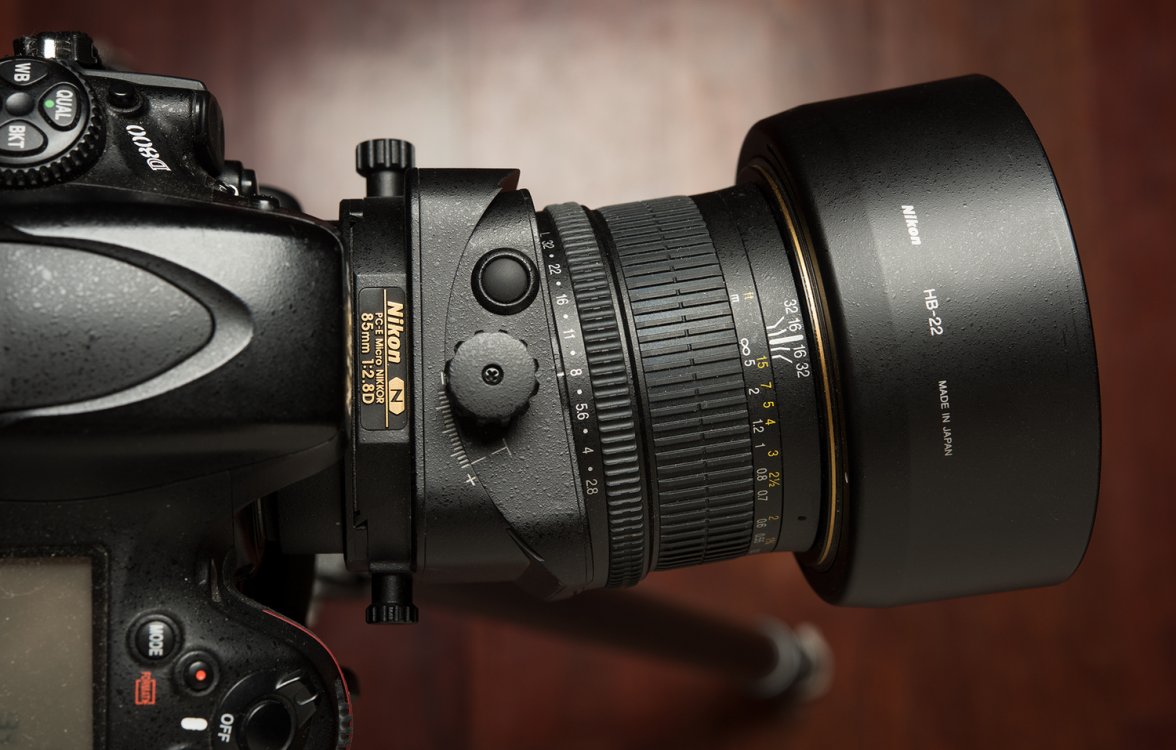Point Focus vs Stacking
Spacefruit
··Prolific Speedmaster HoarderBlackTalon
··This Space for RentStacking is definitely the way to go!
JohnSteed
·Cool - didn’t know about stacking!!! Through it was a typo, someone stalking Speedys 😉
And here I am taking pics with my iPhone hahaha
@Spacefruit could you possibly post a single pic WITHOUT stacking please (Is the different noticeable) ? If the first pic is it, just confirm? Thanky
And here I am taking pics with my iPhone hahaha
@Spacefruit could you possibly post a single pic WITHOUT stacking please (Is the different noticeable) ? If the first pic is it, just confirm? Thanky
ahsposo
··Most fun screen name at ΩFahsposo
··Most fun screen name at ΩFCool - didn’t know about stacking!!! Through it was a typo, someone stalking Speedys 😉
And here I am taking pics with my iPhone hahaha
@Spacefruit could you possibly post a single pic WITHOUT stacking please (Is the different noticeable) ? If the first pic is it, just confirm? Thanky
wouter van wijk
·there are cameras available now that can stack without the additional software. i would love to have that. i just started with taking pictures by myself since i miss the flexibility sometimes with my photographer. I find it sometimes difficult to use all the different software.
OMTOM
·As the top professional photographers tell us, it helps if you start with a pretty model! Aren't these beautiful?
apsm100
··Noob taxpayerI've always wanted to do this with my watch photos. I just crank the f-stop but this method seems a lot better.
JohnSteed
·Thanks @Spacefruit and @ahsposo .... will look into for the iPhone
Hope you’re having a safe and relaxing weekend all
Hope you’re having a safe and relaxing weekend all
apsm100
··Noob taxpayermancio
·Just gave it a try on my crappy DSLR; not as easy as it looks. 👎
Only stacked 5 photos as the second hand was running.
If the DSLR have a great amount of focus point in the viewfinder it's easy, otherwise the option is doing manually. In that case the trick is mark on the lens barrel (a piece of tape on the abbrel will do ) from where to where the focus going and go from there. The more the better.
apsm100
··Noob taxpayerNot bad though 😉
If the DSLR have a great amount of focus point in the viewfinder it's easy, otherwise the option is doing manually. In that case the trick is mark on the lens barrel (a piece of tape on the abbrel will do ) from where to where the focus going and go from there. The more the better.
Ah I see. I slowly manually adjusted the focus while holding the shutter button down. I'll keep experimenting.
I think another issue is that the lighting is garbage.
JwRosenthal
·Stacking is a neat trick but is fussy and takes real practice and patience. If you are serious about wanting the best results for product work like this (as in you can justify the expense for the camera gear) use a tilt shift/ PC (perspective control) lens and get it in a single shot.
A PC lens will give you simple controls akin to a view camera (large format camera) to control perspective (shift/rise/fall) and focus control (swings/tilts) which is how product photography has been done for decades. A real view camera (be it film or digital back) is the ideal way to have absolute control as you can use all movements simultaneously, but the DSLR PC lenses are a great tool and get you 80% there.
They aren’t cheap, but they do the job optically without relying on software to figure things out for you.
I use them on my Nikon’s for architectural work (19 & 24mm) and (45 & 85mm) for quick product work in the studio and even environmental portraits (when the architectural context is just as important as the person in the picture). Canon makes a line of them as well and adapters are available for use on Sony mirrorless.
A PC lens will give you simple controls akin to a view camera (large format camera) to control perspective (shift/rise/fall) and focus control (swings/tilts) which is how product photography has been done for decades. A real view camera (be it film or digital back) is the ideal way to have absolute control as you can use all movements simultaneously, but the DSLR PC lenses are a great tool and get you 80% there.
They aren’t cheap, but they do the job optically without relying on software to figure things out for you.
I use them on my Nikon’s for architectural work (19 & 24mm) and (45 & 85mm) for quick product work in the studio and even environmental portraits (when the architectural context is just as important as the person in the picture). Canon makes a line of them as well and adapters are available for use on Sony mirrorless.
ICONO
·Stacking is a neat trick but is fussy and takes real practice and patience. If you are serious about wanting the best results for product work like this (as in you can justify the expense for the camera gear) use a tilt shift/ PC (perspective control) lens and get it in a single shot.
A PC lens will give you simple controls akin to a view camera (large format camera) to control perspective (shift/rise/fall) and focus control (swings/tilts) which is how product photography has been done for decades. A real view camera (be it film or digital back) is the ideal way to have absolute control as you can use all movements simultaneously, but the DSLR PC lenses are a great tool and get you 80% there.
They aren’t cheap, but they do the job optically without relying on software to figure things out for you.
I use them on my Nikon’s for architectural work (19 & 24mm) and (45 & 85mm) for quick product work in the studio and even environmental portraits (when the architectural context is just as important as the person in the picture). Canon makes a line of them as well and adapters are available for use on Sony mirrorless.
+1
In layman’s terms …you are simply shifting the plane of focus …from ‘front to back’…to ‘up and down’
A shift lens also allows you to correct the perspective parallels, in buildings, if you shooting upwards
Stacking focus also means the images are not quite as sharp, as they would be, if the depth of field was optimal…it’s a trade off
mancio
·+1
In layman’s terms …you are simply shifting the plane of focus …from ‘front to back’…to ‘up and down’
A shift lens also allows you to correct the perspective parallels, in buildings, if you shooting upwards
Stacking focus also means the images are not quite as sharp, as they would be, if the depth of field was optimal…it’s a trade off
I know it would easy with that (having saw the result on large format film camera) but on a watch i'm not so sure there is a proper lens.
Vercingetorix
··Spam RiskJwRosenthal
·The 85 and 45 Nikon PC lenses do macro- although they call it micro. I use these lenses hand held frequently and the ergonomics of using the movements becomes very intuitive with some practice. If you’re synching with off camera flash (pocket wizards), you don’t have to worry about camera shake even at close range, but for macro it’s always advisable to tripod as the slightest change in camera position throws off your focus.
And as a side note- there is still a close focus distance on the PC lenses- as there is with any fixed barrel lens- but for the purpose of watch photography it should be more than adequate. With a view camera, as long as you have enough bellows draw almost any lens can do macro work- as long as you can get your own shadow out of the way. A 4x5 with a 240mm lens and double bellows extension would be able to fill the film surface with a Speedy sub-dial....nothing like a view camera sadly.
And as a side note- there is still a close focus distance on the PC lenses- as there is with any fixed barrel lens- but for the purpose of watch photography it should be more than adequate. With a view camera, as long as you have enough bellows draw almost any lens can do macro work- as long as you can get your own shadow out of the way. A 4x5 with a 240mm lens and double bellows extension would be able to fill the film surface with a Speedy sub-dial....nothing like a view camera sadly.
Edited:
GuiltunderGlass
·Focused on the Chrono rivet:
Stacking 12 images with Helicon Focus:
Been reading about this recently. How do you find Helicon in terms of user friendliness / ease of use?
Risto
·I use the Fujifilm X-T3 camera that has focus stacking built-in and it's very useful.
Although I use it rarely. I normally just go with a smaller aperture. But, there will be quality loss when shooting beyond F16 normally. Depending on the glass. Also, when you have to shoot a video of a working watch, then you better use a camera with a smaller sensor to get more depth of field. If you use a full-frame camera, then even at F22 DoF is not enough to get everything on focus.
Although I use it rarely. I normally just go with a smaller aperture. But, there will be quality loss when shooting beyond F16 normally. Depending on the glass. Also, when you have to shoot a video of a working watch, then you better use a camera with a smaller sensor to get more depth of field. If you use a full-frame camera, then even at F22 DoF is not enough to get everything on focus.





